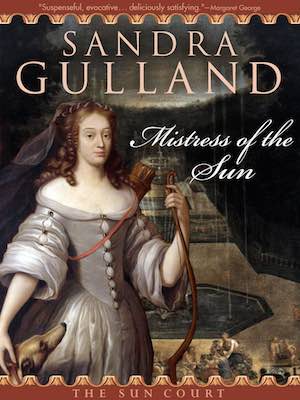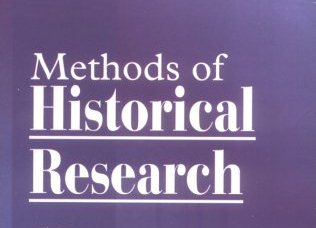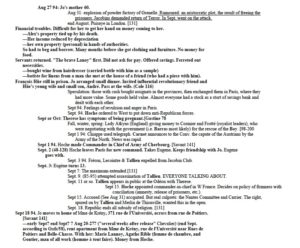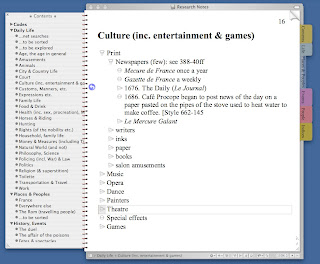
by Sandra Gulland | Apr 17, 2012 | Adventures of a Writing Life, Mistress of the Sun, Sandra Gulland INK |
{Cover of my e-book edition of Mistress of the Sun.}
In preparing to e-book publish my existing novels in the UK and beyond, I’ve had to revise, and then have them retyped and proofed. (Thank you so much, my FaceBook Fan Page readers!)
I, too, have had to carefully reread all of them, which has been quite an experience for me.
As well as timely.
In preparing to write a Young Adult novel about Josephine’s daughter Hortense, it has helped a great deal to re-read the Trilogy.
In writing This Bright Darkness (working title of The Next Novel) — a novel set in the Court of the Sun King — it’s been vital for me to reread Mistress of the Sun.
Firstly, I’ve recognized important changes I will need to make to This Bright Darkenss.
But secondly, I have had the opportunity to revise Mistress of the Sun. (The process never stops!)
At the Banff Book Discussion Weekend this last summer, a reader questioned the use of the word “shenanigan” in Mistress of the Sun.
Quite rightly! The first use of that word wasn’t until 1855.
I considered changing “No shenanigans—” to “No nonsense—”, but that didn’t quite convey the meaning I wanted. (Clorine is warning Petite not to have sex with old Gautier.)
Exploring possibilities in the on-line Oxford English Dictionary is one of the tasks I love best, so after some searching, I settled on another word. It’s quite old, quite rare and mysterious, but I think it gives more of a sense of Clorine’s meaning:
Clorine wagged a finger. “No chuffing—”
“Don’t worry!” Petite said, cutting her off before she said more.
Do you love it? It’s a word that goes back to 1200, and it means cheating, deceit, or falsehood. Plus, if you ask me, it sounds just a little bit rude.

Update: I admit I’m chuffed over how many have expressed interest in the word chuffing. (Thanks to Anita Davison for pointing out the modern English use of the word.)
Now, another change. Although “nickname” is a very old word, it feels modern to me — and, I suspect, to readers. Thus, I’m changing it to the dignified “sobriquet.”

by Sandra Gulland | Mar 27, 2008 | Baroque Explorations |
First, every document I consult is assigned a number. (See my Sun Court bibliography.)
I begin with recording facts— what happened when—to a timeline on a Word file.
I stagger the entries from the point-of-view of the main character: her personal timeline at the far left, then her family and friends, moving across the page with events in the world coming in on the far right.
This way, on any day, I can see more or less what is happening to my character, her loved ones, her enemies, on the political front, etc. Here is a clip from a page of the Trilogy timeline:
 I will usually put my own thoughts, questions, etc. in grey type, and highlight events of particular interest in yellow. I reference each item by document and page number. (Or try to.)
I will usually put my own thoughts, questions, etc. in grey type, and highlight events of particular interest in yellow. I reference each item by document and page number. (Or try to.)
This particular snapshot is of a file created well over a decade ago. For the timeline for Mistress of the Sun—which grew to over 600 pages; there were times when I thought I was writing a timeline, not a novel—I style-coded the entries, which I could then easily re-format and rearrange to reveal the timeline for The Shadow Queen, which is about the same period, but from a different point-of-view.
Recently, for the Young Adult novel I am writing about Josephine‘s daughter Hortense, I began to use Aeon Timeline. This is a nifty Mac software program taylor-made for writers, but for a timeline as detailed as the one for the Trilogy, I’m starting to think I might be better off sticking with my old Word file. I suspect I will bounce back and forth between the two.
For facts about daily life and individuals, I use Notebook, a Mac outlining software program, again referencing details with book and page number. (The Notebook feature on Word is also useful, and I’ve started to use it instead, although the jury’s not yet out on it.)

An outlining program such Notebook is useful because I can search it easily. (The search facility on Word is powerful as well, but not as flexible as on Notebook. There are pros and cons for each.)
The important thing about a research method—any research method—is evolving a way to store facts so one can easily find what one needs to know.
I’ve taken to using both Evernote and DevonThink Pro as databases. (See Research Tools.) DevonThink is more powerful, but Evernote is wonderfully handy because I can email documents to it. I photograph text and email it directly to Evernote from iPhoto.
And then, of course, there is what I call experiential research: the travel and other research (such as taking a Baroque dancing class, traveling on horseback, or spending a week in a silent monastery). I generally begin with the academic research; then, once I’ve written a draft and know what I need to know, I begin the travel and other research. I write many drafts, continuing to research as I go. If I hit a dry spell, research will invariably replenish me.
(Note: see also the research page on my website.)

![]()




